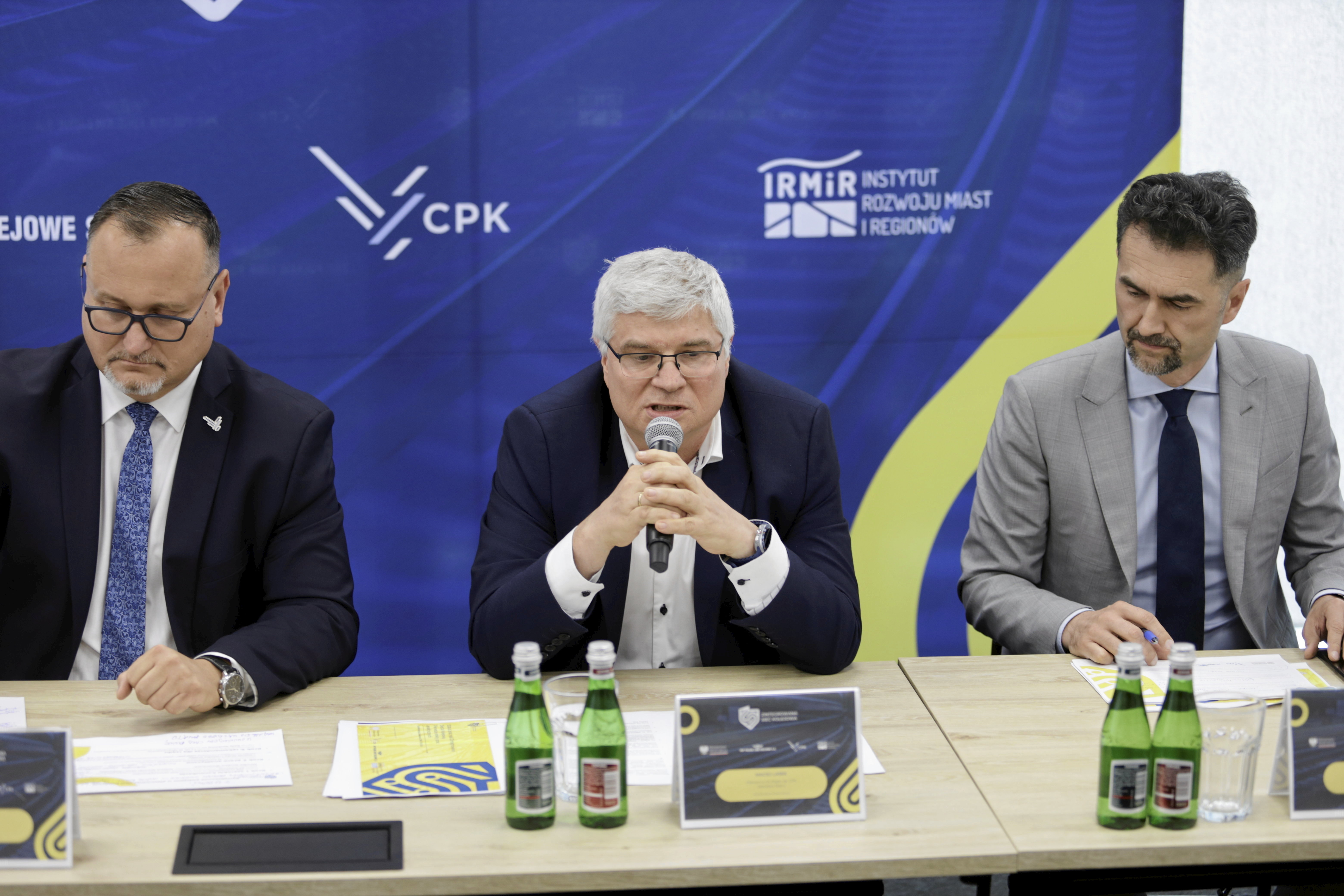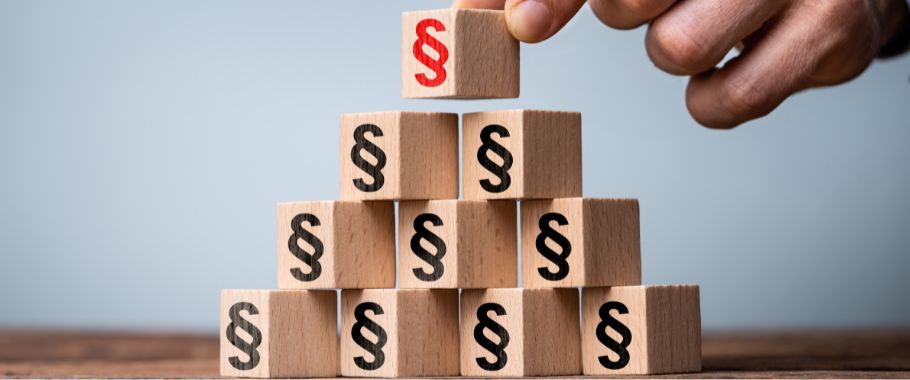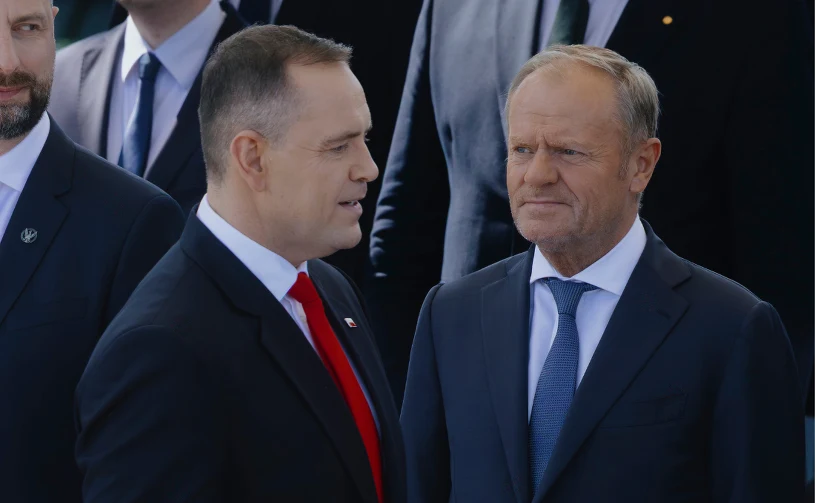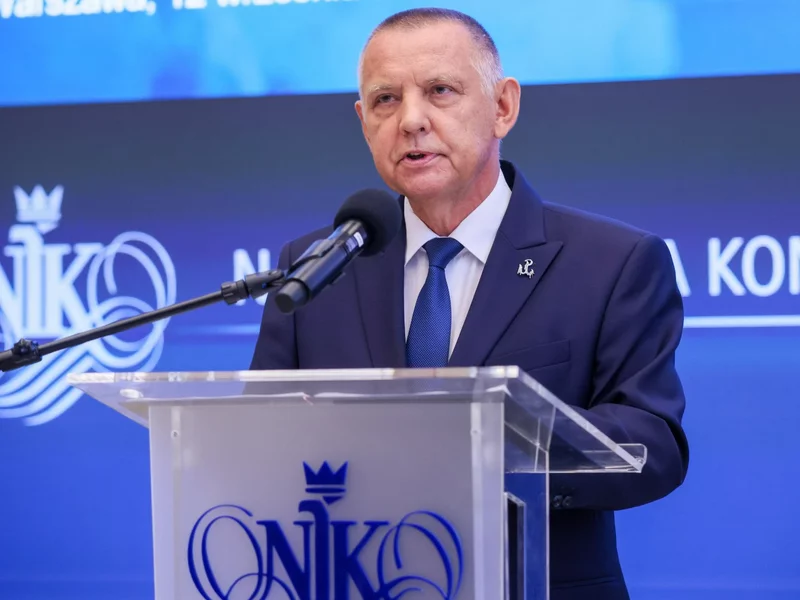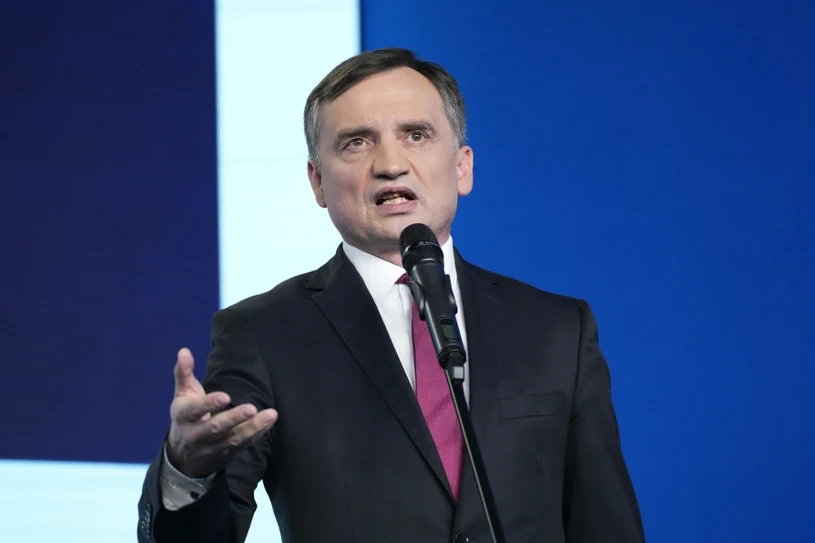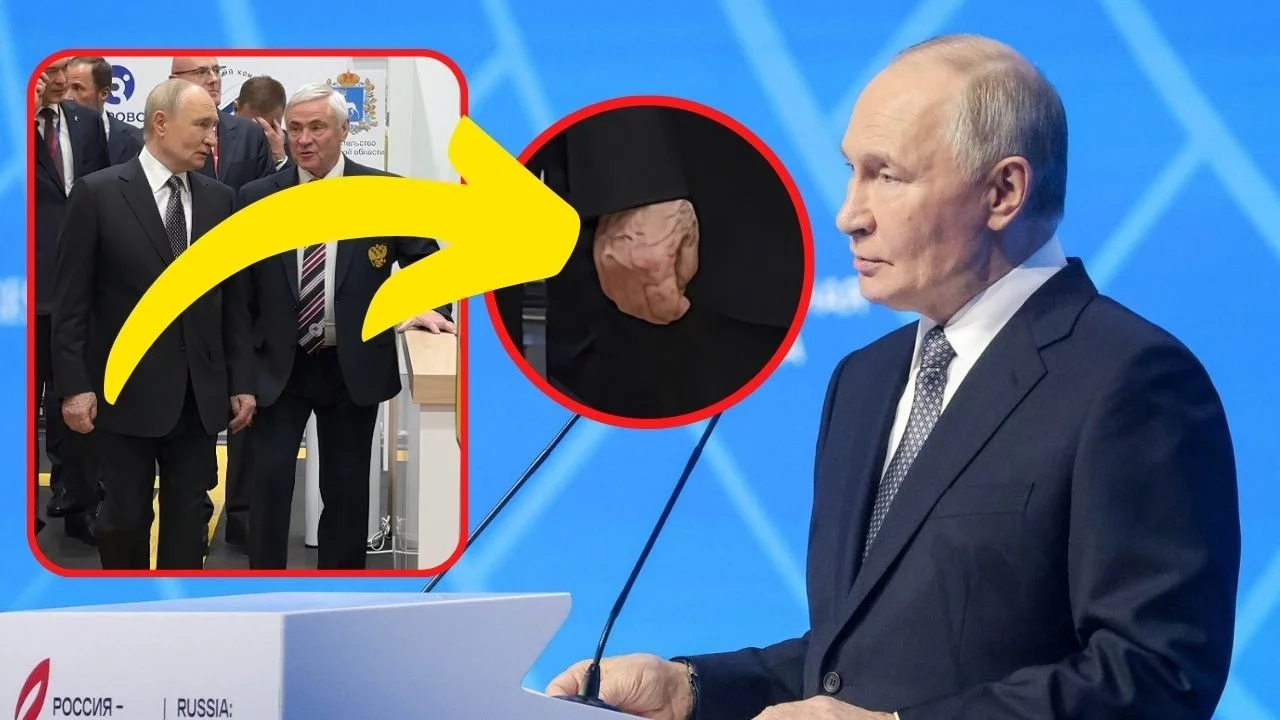A Direct Line refers to an electrical power line connecting a designated generating unit with a designated consumer, for the purpose of directly supplying electrical energy to that consumer, or an electrical power line connecting a generating unit with an energy company other than the one generating electrical energy in that unit, which conducts business activities in the field of electrical energy trading, for the purpose of directly supplying electrical energy to their own facilities, including equipment or installations, entities that are their subsidiaries as defined by the Accounting Act of September 29, 1994 in Article 3(1)(42) (Journal of Laws of 2023, items 120, 295 and 1598), or to consumers connected to the network, equipment, or installations of these enterprises;
A direct line is a model of electrical energy transmission in which deliveries are made directly between the energy producer and its consumer, bypassing the traditional transmission and distribution system. Although this solution was described in Polish law almost two decades ago, until recently it could only be used in an island mode, without the possibility of connecting the line to a facility with a connection to the distribution network. As a result, since the regulations came into force, only one such line has been constructed and reported.
The direct line is particularly attractive for energy generating units using renewable sources, such as wind or solar farms. It functions as an independent infrastructure that enables a direct connection of these units with the consumer, independent of the power system.
Types of direct lines
- Line with full self-consumption
This variant includes an electrical power line that connects:
- A designated generating unit, where all the generated electrical energy is delivered directly to the consumer via the direct line.
- A designated recipient who is connected to the power grid in a way that prevents the introduction of electrical energy generated in this unit into the Distribution System Operator’s (DSO) network.
The purpose of this variant is to supply electrical energy directly to the recipient, eliminating the flow of energy to the DSO network.
- Line with the possibility of energy outflow to the DSO network
This variant includes an electrical power line that connects:
- A generating unit with a recipient conducting business activities in the field of electrical energy trading.
- Energy is delivered directly to their own facilities, including devices or installations, entities that are their subordinate units (in line with the accounting regulations), or to other recipients connected to the network, devices, or installations of these enterprises.
For variant 2, if the recipient intends to introduce energy surpluses into the network, the following conditions must be met:
- Connection to the DSO network: the Recipient must be connected to the DSO network.
- Conclusion of appropriate agreements: It is necessary to have a service agreement for the transmission/distribution of energy, an energy sales agreement, or a comprehensive agreement.
- Meeting technical requirements: the requirements specified in legal regulations and the internal regulations of the operator must be met.
- Possession of a license: It is essential to have a license for the trade of electrical energy.

Conditions for constructing a direct line
The construction of a direct line will be possible after obtaining an entry in the register of direct lines at the Energy Regulatory Office (ERO). The applicant, when notifying the President of the Energy Regulatory Office of the intention to construct a direct line, will be required to attach to the notification, among other things, an expert report on the impact of the direct line (or devices, installations, or networks connected to it) on the power system. This expert report must be prepared by an entity with the appropriate qualifications specified in the law.
The obligation to prepare an expert report does not apply to a direct line if:
- The total installed capacity in generation units does not exceed 2 MW, and
- Planned or existing devices or installations of the consumer prevent the introduction of electrical energy supplied by the direct line into the distribution or transmission network (applies to Variant 1).
The entity holding the legal title to the direct line is obliged to:
1) manage the operation and maintenance of the direct line;
2) ensure the continuity of supply and appropriate quality parameters of electrical energy delivered via the direct line;
3) provide information without delay, including metering and other technical data, in order to guarantee the safe and efficient operation and development of the network of the power system operator in whose area of operation the direct line is constructed, at the request of that operator or the President of the Energy Regulatory Office;
4) install and ensure the proper functioning of the metering and billing system that enables the determination of the amount of electrical energy delivered via the direct line;
5) enable the power system operator to read the metering data from the metering and billing system for the purpose of billing and checking the correct operation of the system;
6) submit a notification in the event of an intention to change information or the scheme before adapting the direct line to these changes, and in the event of the liquidation of the direct line.
Electrical energy delivered via the direct line may be introduced into the power grid if:
1) the conditions involving the connection of the consumer to the network and the conclusion of appropriate agreements are met;
2) the technical requirements and the methods, conditions, requirements, and principles concerning the technical requirements for generating units, established based on these legal acts, are met;
3) a concession has been granted.
The consumer, except for those not connected to the power grid, or the energy company engaged in electrical energy trading, to which energy is supplied directly from the power plant, pays the so-called “solidarity fee”. This fee is related to participation in the fixed costs of electrical energy transmission or distribution and depends on the amount of energy supplied directly. Additionally, there is a charge for maintaining the standards of quality and reliability of electrical energy supply.
The electrical energy producer in a designated generating unit or in a generating unit supplying electrical energy via a direct line must ensure that their units meet these technical requirements, obtain the appropriate certificates, and conduct the necessary compliance tests and simulations.
The President of the Energy Regulatory Office maintains and publishes in the Public Information Bulletin a list of direct lines. This list includes:
- Designation of the entity entitled to the direct line or the entity applying for its construction, including their name or company name and legal form.
- Designation of the electrical energy generating unit connected to the direct line.
- Location of the direct line.
- Length of the direct line.
- Information on the maximum operating voltage of the direct line.
- Designation of the electrical energy consumer supplied by the direct line, including their full name or company name and legal form.
The entity applying for the construction of the direct line or holding legal title to such a line submits a notification of the intention to build or continue using the direct line to the President of the Energy Regulatory Office, containing:
- Designation of:
a) The entity holding legal title to the line or applying for its construction, along with the full name or company name and legal form.
b) Electrical energy generating unit connected by the direct line.
c) Electrical energy consumer supplied by the line, along with the full name or company name and legal form.
- Information regarding:
a) The maximum rated operating voltage of the line.
b) Length of the line.
c) Location of the line.
d) Entities that are subordinate units and will receive energy.
e) Technical data of the generating unit supplying energy, including generation technology and installed capacity.
- An expert report (if required) on the impact of the line or connected devices on the power system, prepared by:
a) A person with qualifications confirmed by a certificate and at least 10 years of experience, independent of the applicant.
b) A person with a habilitation degree in engineering and technical sciences, specializing in the operation of power networks.
c) A research institute conducting studies in the field of power systems.
d) An institution conducting education and research in the field of engineering and technical sciences.
e) An expert in the field of electrical installations and equipment as well as power grid networks.
If an Expert Report is not required, a Statement must be submitted by the entity applying for the construction of a direct line or holding legal title to the direct line. This Statement should include information that, regarding the planned or existing equipment and installations, there is no possibility of introducing electrical energy supplied by the direct line into the distribution or transmission network, or that the conditions, technical requirements, and obligations related to this line are met.
- The scope, conditions of execution, and main assumptions of the expert report, agreed with the power grid operator;
- The electrical schematic of the direct line, indicating the metering and billing systems and the points of property demarcation.
The power grid operator, to which the entity will be connected, provides this entity with the necessary data that has been agreed upon, within 14 days from the date of the request for their provision.
The entity applying for the construction of a direct line or holding legal title to it submits a notification containing the aforementioned information. The President of the Energy Regulatory Office makes an entry in the register, based on the completeness and correctness of this data, for the direct line that:
- Will supply electrical energy from a designated generating unit to the equipment of a consumer not connected to the power grid or
- Will supply electrical energy to:
a. A designated consumer from renewable energy sources
b. An entity engaged in electrical energy trading for the purpose of supplying its own facilities, subordinate units, or consumers connected to its network,
provided that the devices or installations do not allow the introduction of energy into the distribution or transmission network, technical conditions are met, and the installed capacity does not exceed 2 MW.
The entity attaches a statement that the devices or installations do not allow the introduction of energy into the distribution or transmission network, or that technical conditions are met
The notification form for the intention to build a direct line or continue using a direct line is available on the ERO website: https://www.ure.gov.pl/pl/biznes/obowiazki-sprawozdawcze/energia-elektryczna/11282,Zgloszeni-o-zamiarze-wybudowania-linii-bezposredniej-lub-dalszego-dalszego-korzy.html
Additional fees beyond the cost of energy from the photovoltaic system
Solidarity fee:
Entities using direct lines will be required to pay the so-called solidarity fee. This fee corresponds to the entity’s share in the fixed costs associated with the transmission or distribution of electrical energy, in the part not covered by other tariff components. The amount of the fee depends on the quantity of energy delivered via the direct line. It is estimated that the solidarity fee will be approximately PLN 40 per 1 MWh for the B23 tariff group in 2024.
Fee to cover the costs of maintaining system quality and reliability standards:
Another fee that entities using direct lines will have to bear is the fee intended to cover the costs of maintaining system quality and reliability standards for current electrical energy supplies. As with the solidarity fee, its amount depends on the quantity of energy delivered via the direct line. It is estimated that this fee will be similar to the currently applicable quality fee, amounting to approximately PLN 30 per 1 MWh.
If you have any questions or concerns regarding the above matter, please do not hesitate to contact our experts:
Piotr Włodawiec: wlodawiec[at]prokurent.com
Łukasz Moczydłowski: moczydlowski [at] prokurent.com
Paweł Wróblewski: 'p.wroblewski [at] elbudbis.pl
Authors:
Piotr Włodawiec – Attorney-at-law / Senior Partner
Łukasz Moczydłowski – Attorney-at-law / Senior Partner
Paweł Wróblewski – CEO ElbudBis
Relkonds
Material prepared in collaboration with:


 7 miesięcy temu
7 miesięcy temu
